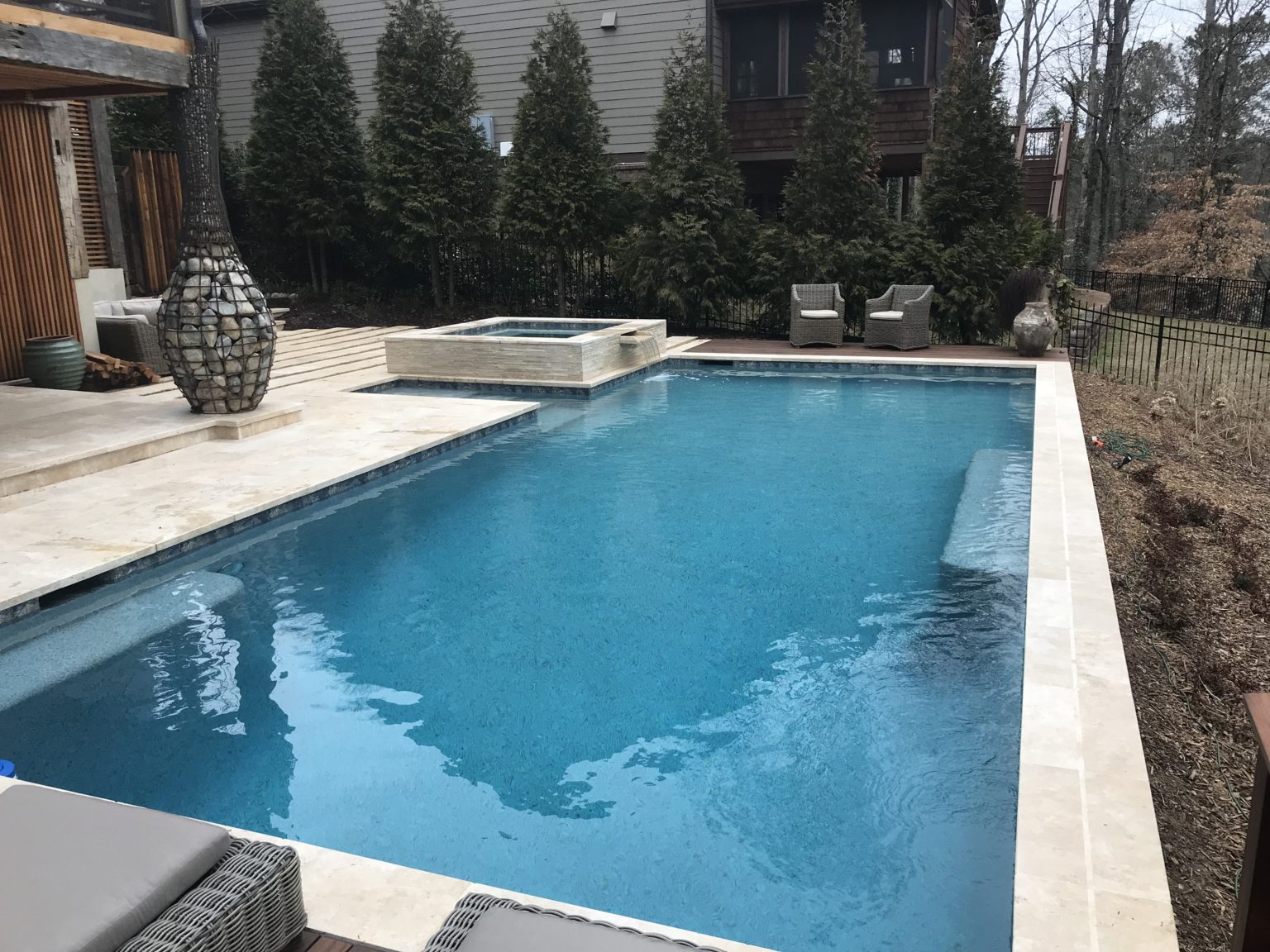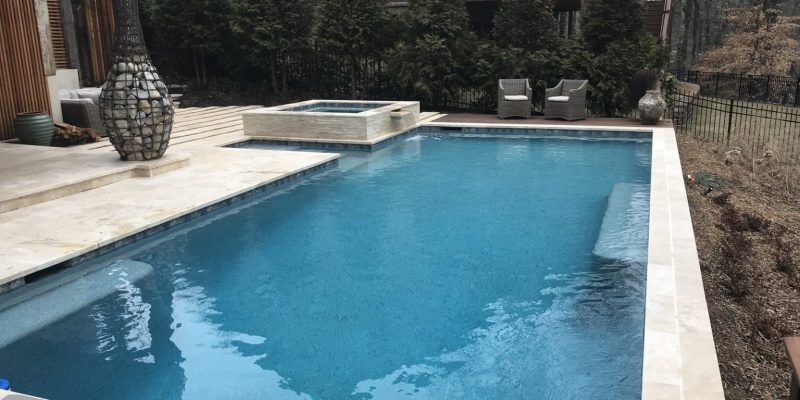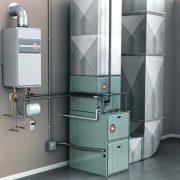
A swimming pool is definitely one of the most important parts of your home’s aesthetics. Thus, if you have space, opt for building it. But only building it is not enough! Keeping it in the best condition at all times is necessary. And in order to make sure that your pool stays as clean and beautiful as new, regular upkeep is a must.
The first step to regular upkeep is developing a clear understanding of the essentials of your pool’s components. Once you know how your pool works, you would understand what to do in order to take care of it. So, here’s helping you know your pool a little better.
Building Inground Pools: Chief Components
In most cases of major home improvements, you can be as fancy as you want for building or renovating awesome custom inground pools and spas. You can do it both indoor or outdoors and in any shape like geometric, natural or conventional. Make it with natural pavers, or concrete and stone decking will look excellent.
Add advanced lighting and heating, get high-end pool covers, and even have underwater speakers. However, regardless of the size of the pool or the technology you include, every pool has a few basic components.
If you understand the components that make up your pool, you will have to pay attention to four things:
● Pool water
● Pool’s filter system
● Pool’s interior wall or liner
● Pool’s system of skimmers and returns
1. Pool water
It’s a no-brainer that the water in the pool is the most important. Thus, make sure that the water is clear, clean, and balanced to protect you and your family from pollutants and contaminants. It also helps to avoid expensive hardware repairs resulting from mineral buildup or corrosion. So, the whole pool lasts longer.
2. Pool interiors
The inner walls of the pool remain in constant contact with pool water and all that enters it. You need to keep these surfaces free from debris, mold, and algae. Make sure to carry out timely repairs to keep the pool safe and clean.
3. Pool filter system
The pool pump draws water and keeps the water circulating. Additionally, the pool filter cleans dirt and other contaminants from the water. So, it will not be an exaggeration to say that the pool filter system is the pumping heart and the cleansing liver of your pool. The filter system protects your pool. The lack of a fully functional filter system will soon turn your pool into a polluted, cloudy, and unusable mess.
Based on your pool setup, you may have a sand filter, a cartridge filter, or a diatomaceous earth filter. A salt water chlorinator is vital if you have a saltwater system.
4. Pool returns and skimmers
Think of the returns and skimmers as the arteries and veins of the pool. The skimmers help to pull water in the filter for cleaning. The return pushes that cleaned water right back in the pool. You should not confuse pool skimmers with net skimmers that are basic cleaning tools. Skimmers and returns will work the best when they are clean and unobstructed.
It is true that two pools are generally never alike. Pool maintenance challenges vary from one pool to another. However, understanding the details of maintenance will be easier for you once you know about these five components.
Three crucial facts about proper pool maintenance
There are three main components to understand and take care of in terms of proper pool maintenance. They are
● Circulation
● Cleaning
● Chemistry
1. Proper water circulation
You don’t need to be a boy scout to know that still and stagnant water is unclean to the core. Moving water is safer, clearer, and cleaner. Thus, pool circulation is absolutely necessary for safe and healthy swimming. All pools that have good circulation will not face issues like algae infestation. You need to keep the filter system and pump going daily to offer maximum circulation.
Ideally, you need to run your pool pump all the time of the day throughout the week. However, the cost thus incurred will hurt not only your budget but also the equipment. So, run the pool pump for at least ten to twelve hours every day. It will turn over the water a couple of times and keep the pool clean and safe.
Backwashing is reversing the water flow through your filter and shunting the built-up and dirty components to the waste port. It carries the dirt out of the pool.
2. The cleaning schedule
If you have ensured proper circulation in your pool, you have already done a lot. However, applying some old-fashioned elbow grease will still be helpful. You will need a pool brush, pool vacuum, and net skimmer.
The combination of Mother Nature and you folks bring all kinds of dirt and skin and hair products in the pool. You will find things such as perfumes, shampoos, leaves, molds, and even an odd frog. Bacterial contamination might result from such an unhealthy pool. So, you need to act fast in cleaning your pool.
You need to brush and vacuum the pool every week, at least. It will make sure that the debris is out of the water and the walls remain sparkling clean. You can make a baking soda paste as a basic scouring agent that will not damage the delicate pool walls.
3. Balancing the water chemistry
Pool chemistry sounds all complicated and intimidating, but it is nothing too hard to understand. It is a crucial part of water care and pool maintenance, and its basics are pretty straightforward. The water testing kit is your best friend in this regard.
Before reaching out for the chemicals, you need to do a bit of water testing. Knowing what is in the water and what isn’t is the first step to balance it. Check out the alkalinity, pH levels, and chlorine levels of the water to know about its health.
Wrapping up
Hopefully, you now have a clear idea about the pool components and how to keep it clean and hygienic. A clean and sanitized pool also looks pretty and inviting, rather than a pool that has debris floating all over it. So, put your newfound knowledge to good use and start regular maintenance of your pool without delays.




















